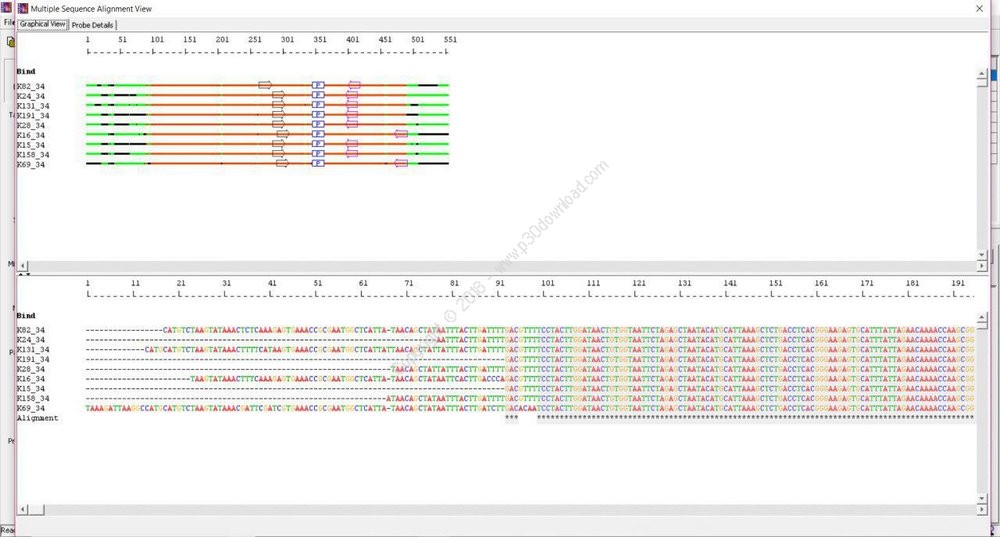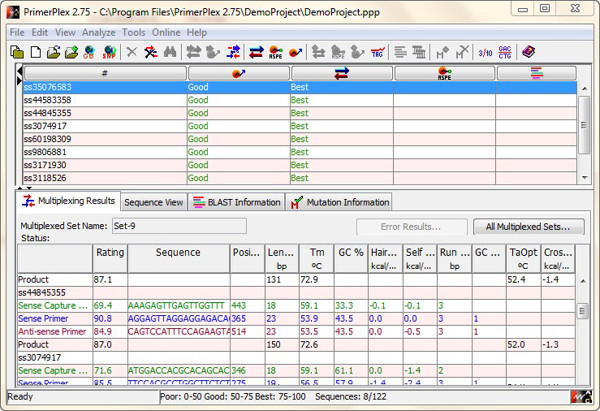

Altogether, these results highlight new findings about the effects aging and NLRP3 inflammasome have on clock genes in cardiac tissue, pointing to continuous melatonin as a promising therapy to placate inflammaging and restore circadian rhythm in heart muscle. The administration of melatonin re-established murine cardiac homeostasis by reversing age-associated chronodisruption. Melatonin restored the acrophase and the rhythm of clock genes affected by age or NLRP3 activation. NLRP3 inflammasome influenced the acrophase of Clock, Per2, and Rorα. Aging caused small phase changes in Clock, loss of rhythmicity in Per2 and Rorα, and mesor dampening of Clock, Bmal1, and Per2.

Our results support that aging, NLRP3 inflammasome, and melatonin affected the cardiac clock genes expression, except for Rev-erbα, which was not influenced by genotype. We analyzed the circadian expression and rhythmicity of clock genes in heart tissue of wild-type and NLRP3-knockout mice at 3, 12, and 24 months of age, with and without melatonin treatment. This study investigated the impact of aging and NLRP3 expression on the cardiac circadian system, and the actions of melatonin as a potential therapy to restore daily rhythms by mitigating inflammaging.
#PREMIER BIOSOFT BEACON DESIGNER 8.02 VERSIONS DRIVERS#
The molecular drivers of these mechanisms remain unknown. Aging can also affect clock gene-related impairments such as chronodisruption and has been linked to a decline in melatonin synthesis and aggravation of the NF-κB/NLRP3 innate immune response known as inflammaging. Age and age-dependent inflammation are two main risk factors for cardiovascular diseases.


 0 kommentar(er)
0 kommentar(er)
